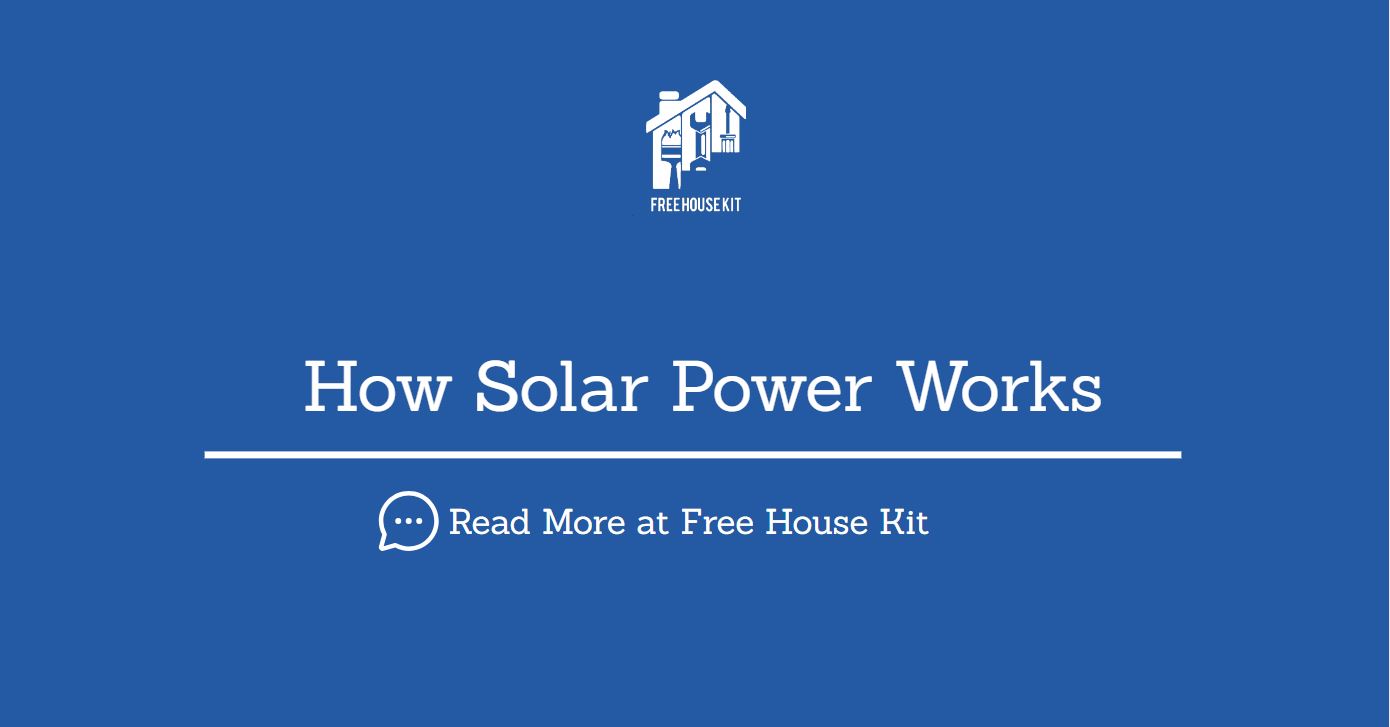- +44 7510 792848
- info@freehousekit.co.uk
- 3816 Cherry Ave NE

Solar power is a renewable and infinite energy source. It harnesses the sun’s energy to generate electricity without producing harmful greenhouse gas emissions. As long as the sun continues to shine, solar energy will be released, providing a sustainable and clean power solution. With its numerous benefits, solar power is a promising option for meeting our energy needs while reducing our carbon footprint.
Solar panels have a small carbon footprint due to their long lifespan of over 25 years. Additionally, the materials used in the panels are being increasingly recycled, further reducing their carbon footprint. As a result, the environmental impact of solar panels is continuously decreasing.
Humans have been utilizing solar energy since the 7th century B.C. During this time, they would reflect the sun’s rays onto shiny objects to light fires. In the 3rd century B.C., the Greeks and Romans took it a step further by using mirrors to harness solar power and light torches for religious ceremonies.
In 1839, at the age of 19, French physicist Edmond Becquerel made a groundbreaking discovery. While conducting experiments with a cell made of metal electrodes in a conducting solution, he stumbled upon the photovoltaic effect. This effect revealed that the cell produced more electricity when exposed to light, thus giving birth to the concept of the photovoltaic cell. Becquerel’s discovery marked a significant milestone in the field of physics and laid the foundation for the development of solar energy technology.
Becquerel’s findings revolutionized the way we harness and utilize solar energy. The photovoltaic effect, which he discovered, forms the basis of solar panels and solar cells that are used to convert sunlight into electricity. This breakthrough has paved the way for the widespread adoption of solar power as a clean and renewable energy source.
Today, thanks to Becquerel’s pioneering work, solar energy has become a vital component of our efforts to combat climate change and reduce our dependence on fossil fuels. Photovoltaic technology continues to evolve and improve, making solar power more efficient and affordable than ever before. Edmond Becquerel’s discovery remains a testament to the power of scientific curiosity and the potential for innovation to shape a sustainable future.
Satellites and spacecraft currently in orbit around Earth rely on solar energy as their primary power source. This means that they harness the energy of the sun to generate electricity, which is then used to power their various systems and instruments. Solar panels made up of photovoltaic cells, are strategically positioned on the surface of these satellites and spacecraft to capture sunlight and convert it into usable energy. This method of powering satellites and spacecraft has proven to be highly efficient and reliable, as it eliminates the need for bulky and limited fuel sources. Additionally, solar energy is a clean and renewable source of power, making it an environmentally friendly choice for space exploration. Overall, the use of solar energy has revolutionized the way we power satellites and spacecraft, enabling them to operate for extended periods in the harsh conditions of outer space.
Solar panels are typically composed of silicon or another semiconductor material, enclosed in a metal panel frame with a glass casing. When these panels are exposed to sunlight, the material absorbs photons and releases electrons, generating an electric charge.
When sunlight hits the solar panels, it generates a PV charge that creates a direct current (DC) electric current. The wiring in the solar panels captures this DC electricity. To make it usable for appliances, an inverter converts the DC electricity into alternating current (AC), which is the type of electrical current used in normal wall sockets.
Solar PV panels generate electricity through the photovoltaic effect, where photons from the sun interact with a semiconductor surface, such as silicon, causing the release of electrons

© 2025 All Right Reserved FreeHousekit